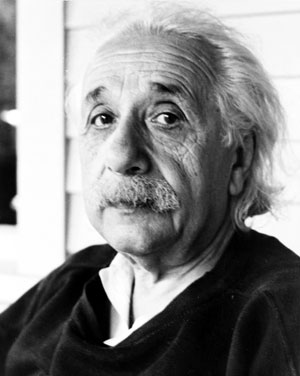Science: Unlocking Potential
Dr Caroline Oprandi Keeping you up to date with science and technology at PACA
The poet Alexander Pope wrote the following epitaph for Sir Isaac Newton who died in 1727: “Nature and Nature’s laws lay hid in night: God said, Let Newton be! And all was light”. Newton’s three laws of motion and the law of universal gravitation applied not only to the heavens but also to the earth in a uniform way. Newton’s discoveries influenced the rapid development of new technologies and from this the Industrial Revolution in Britain was born.
In 1905 Einstein discovered that time and space are not independent but are linked as space-time; which he described in his special theory of relativity. This showed that Newton’s three laws of motion were only approximately correct, breaking down when velocities approached that of light.

In 1915 Einstein then detailed how gravitational effects of matter affect space-time in his general theory of relativity, highlighting that Newton’s law of gravitation was only approximately correct, breaking down in the presence of very strong gravitational fields. From Einstein’s theories numerous new technologies have been developed such as digital cameras, modern computers, televisions, solar cells, laser beams, GPS systems, nuclear energy, sending Britain into the Digital Age.
Considered one of the cleverest persons alive today is Stephen Hawking. The fact that he is alive is in itself a miracle considering he was given 2 years to live at the age of 21 and is now 73. I’m currently reading Stephen Hawking’s book ‘The Grand Design’ and it’s a fascinating read. He explains how when we look at the macro world compared to the micro world it appears to act differently and follow different laws.
This is the age of quantum physics and the pace of change is staggering. A quote from Darwin stated “It is not the strongest of the species that survives, nor the most intelligent that survives. It is the one that is most adaptable to change”. Now I wonder if we can measure that at schools?




















